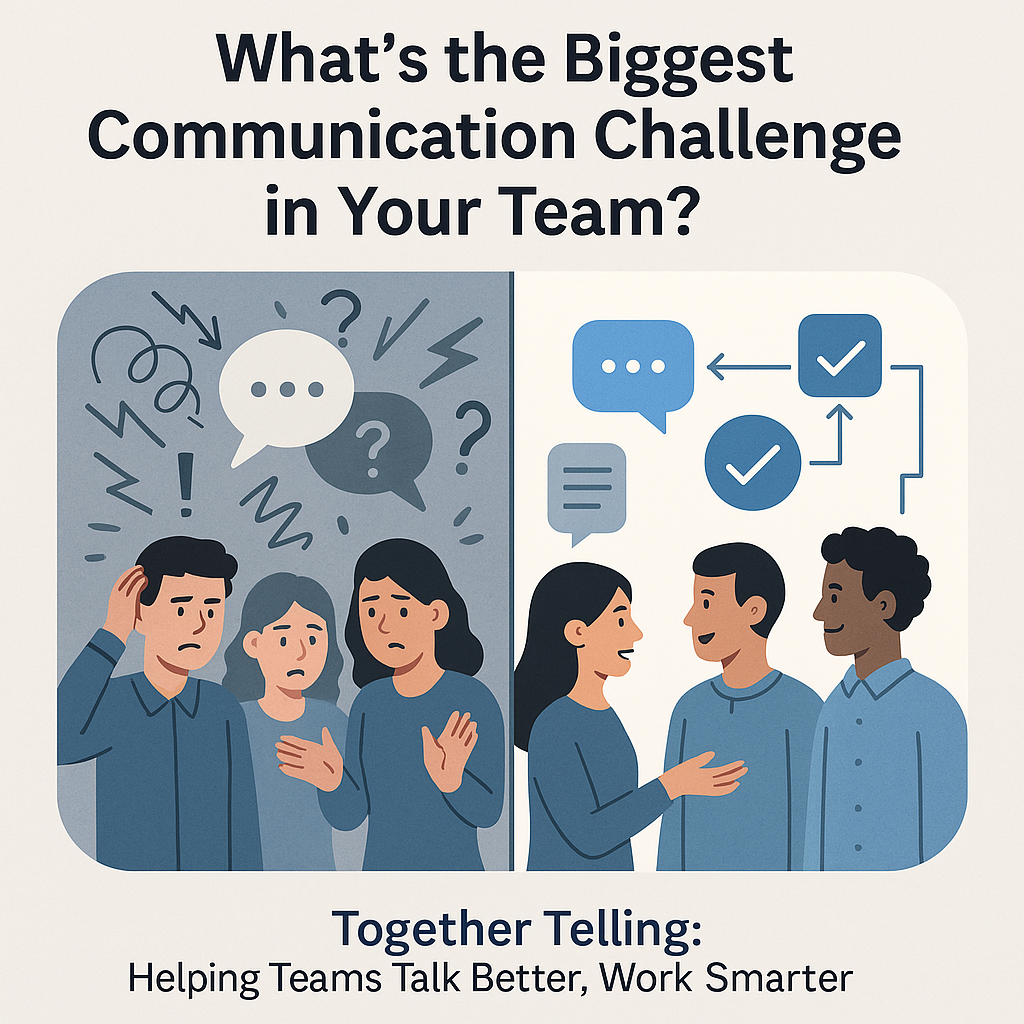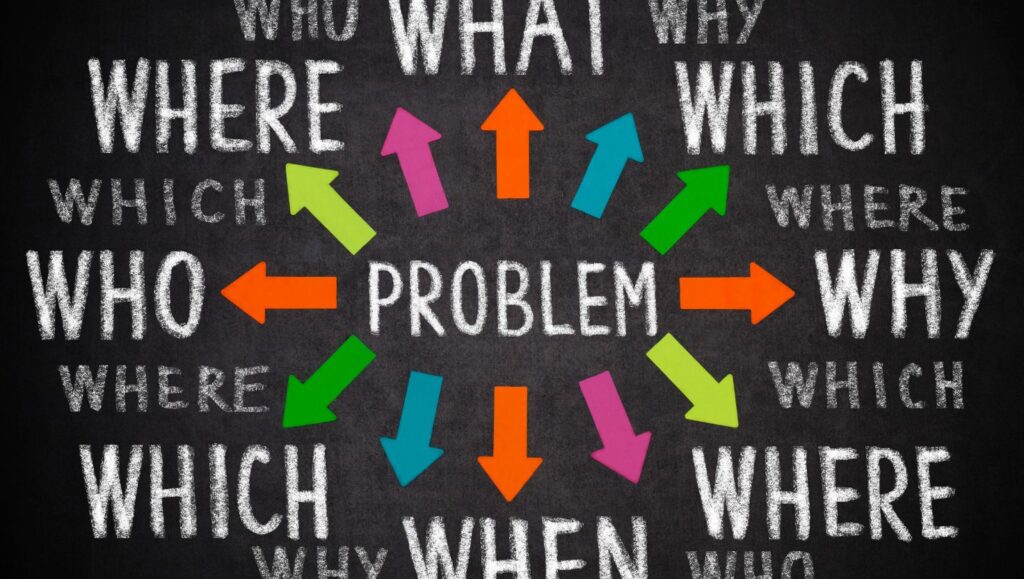
Introduction: Talking is Easy—Communicating is Hard
Ever had a meeting where everyone left thinking they were on the same page—only to realize later they were reading entirely different books? That’s workplace communication in a nutshell. We send emails, hop on calls, and fire off Slack messages at lightning speed, yet somehow, wires still get crossed.
Communication is the backbone of every successful team, but when it breaks down, so does productivity, morale, and sometimes even friendships (looking at you, Karen, who “forgot” to CC everyone on the deadline extension email). The result? Missed deadlines, unnecessary stress, and the occasional passive-aggressive email thread that nobody wants to be a part of.
A 2018 report from the Economist Intelligence Unit found that poor workplace communication is responsible for low morale in 31% of employees, delayed projects in 44%, and even lost sales in 18%. It’s no surprise, then, that solving communication challenges should be at the top of every leader’s priority list.
So, what are the biggest communication challenges, and more importantly, how do we fix them? Let’s dive in.
Common Communication Challenges Teams Face

1. Lack of Clarity: The Art of Saying a Lot but Meaning Very Little
One person’s “ASAP” is another person’s “whenever I get to it.” When messages are vague or ambiguous, teams waste time trying to decode them rather than taking action. It’s like trying to solve a puzzle with missing pieces—you think you’ve got the full picture, but you’re probably way off.
Real-Life Example: A marketing team receives an email from leadership saying, “We need to enhance our branding to make it stronger and more engaging.” What does that even mean? Are they asking for a rebrand? A new campaign? A social media push? Without clarity, the team either spins its wheels or takes action in the wrong direction.
How it impacts teams:
- Deadlines get missed because no one knows what’s urgent.
- Instructions are misinterpreted, leading to costly mistakes.
- Employees hesitate to ask for clarification, fearing they’ll look incompetent.
Solution: If a message can be read in multiple ways, someone will absolutely choose the wrong one. Be specific, be direct, and when in doubt, over-explain rather than under-explain. A simple “Let’s get this done by Wednesday EOD” is much better than a vague “Let’s handle this soon.”

2. Information Overload: When Too Much is Just as Bad as Too Little
Ping. Ping. Ping. We’re drowning in emails, messages, and notifications, but how much of that information is actually useful? Not every update needs an all-hands email, and not every decision needs a 30-message Slack thread. Yet, here we are—trying to figure out what’s important while deleting another “FYI” email that could’ve been summarized in one sentence.
A study from McKinsey & Company found that employees spend nearly 28% of their workweek managing emails, with an additional 20% spent looking for internal information or tracking down colleagues for input. That’s almost half of an employee’s time lost to unnecessary communication.
How it impacts teams:
- Employees tune out important messages because they’re buried in irrelevant ones.
- Decision-making slows down because there’s too much noise.
- Team members feel overwhelmed, leading to disengagement.
Solution: Prioritize essential communication. Use structured communication channels, set clear expectations for response times, and (for the love of productivity) stop CC’ing the entire company when only two people need the information.

3. Poor Feedback Loops: A Culture of Silence or Just Noise?
Feedback is the secret ingredient of high-performing teams, yet so many organizations either don’t give enough or don’t give it well. Without proper feedback, teams stagnate, mistakes repeat, and improvement grinds to a halt. It’s like trying to improve a recipe without ever tasting the food—how do you know what’s working?
Real-Life Example: A junior designer submits a new website layout to leadership. The response? “Not quite what we were looking for.” That’s it. No explanation, no guidance, just vague feedback that leaves them frustrated and unsure how to improve.
How it impacts teams:
- Employees don’t know if they’re doing well or where they need to improve.
- Lack of feedback leads to frustration and disengagement.
- Teams miss out on innovation because people hesitate to share ideas.
Solution: Constructive feedback should be regular, structured, and actionable. A “great job” or “this needs work” isn’t enough—tell people why it’s great or what specifically needs improvement. And leaders, take note: Feedback should be a two-way street. If your team doesn’t feel comfortable sharing their thoughts, you’ve got a bigger problem than you think.
How Together Telling Helps Overcome These Challenges
At Together Telling, we know that workplace communication isn’t just about talking more—it’s about talking better. That’s why we help teams pinpoint their unique communication struggles and create tailored solutions to fix them. Think of us as the translators between what teams say and what they actually mean.

1. Diagnosing the Problem Before Treating It
We conduct in-depth assessments to identify specific weak spots in a team’s communication process. No generic fixes—just targeted improvements based on real challenges.
2. Developing Structured Feedback Loops
We train teams on how to give (and receive) feedback in a way that fosters growth and alignment rather than confusion or resentment. No more guessing games—just clear, actionable insights that drive progress.
3. Reducing Noise and Prioritizing Essential Communication
Through strategic frameworks, we help teams cut through the clutter, ensuring that critical messages are heard loud and clear—without the unnecessary distractions. Less inbox overload, more meaningful conversations.
Final Thoughts: Communication is a Work in Progress
No team is perfect, and no communication strategy is foolproof. The key is to continuously refine how your team shares information, makes decisions, and collaborates. It’s not about sending more messages—it’s about making sure the right messages are heard.
So, what’s the biggest communication challenge in your team? If you’re not sure, that might be the first challenge to solve. And if you’re still relying on “Let’s circle back on this” as a strategy—well, we might need to talk.
Backlink Sources:
MIT Sloan: Group Executive coaching, 4 big lessons in teamwork

